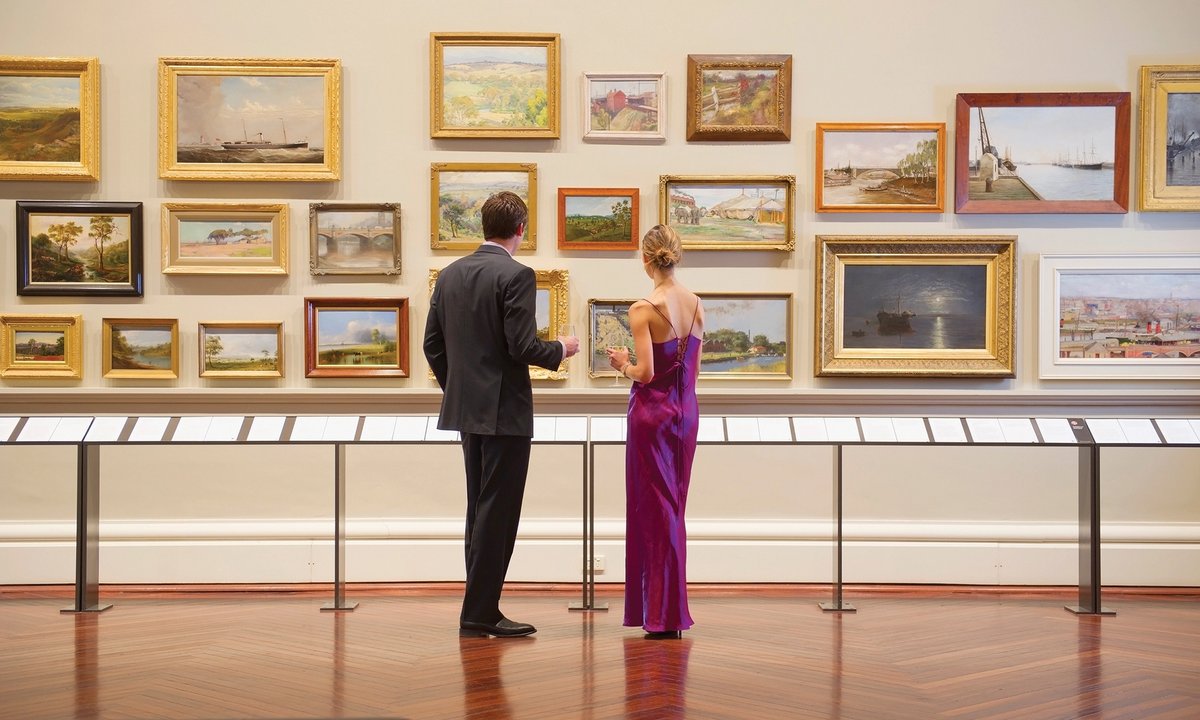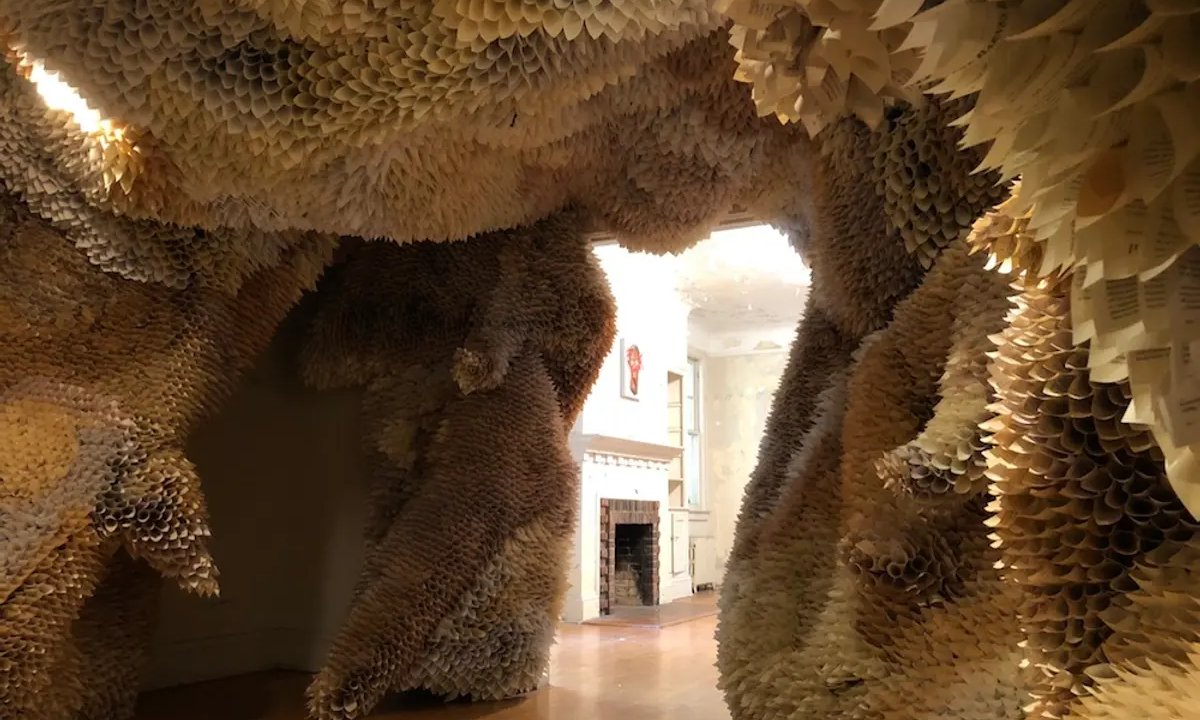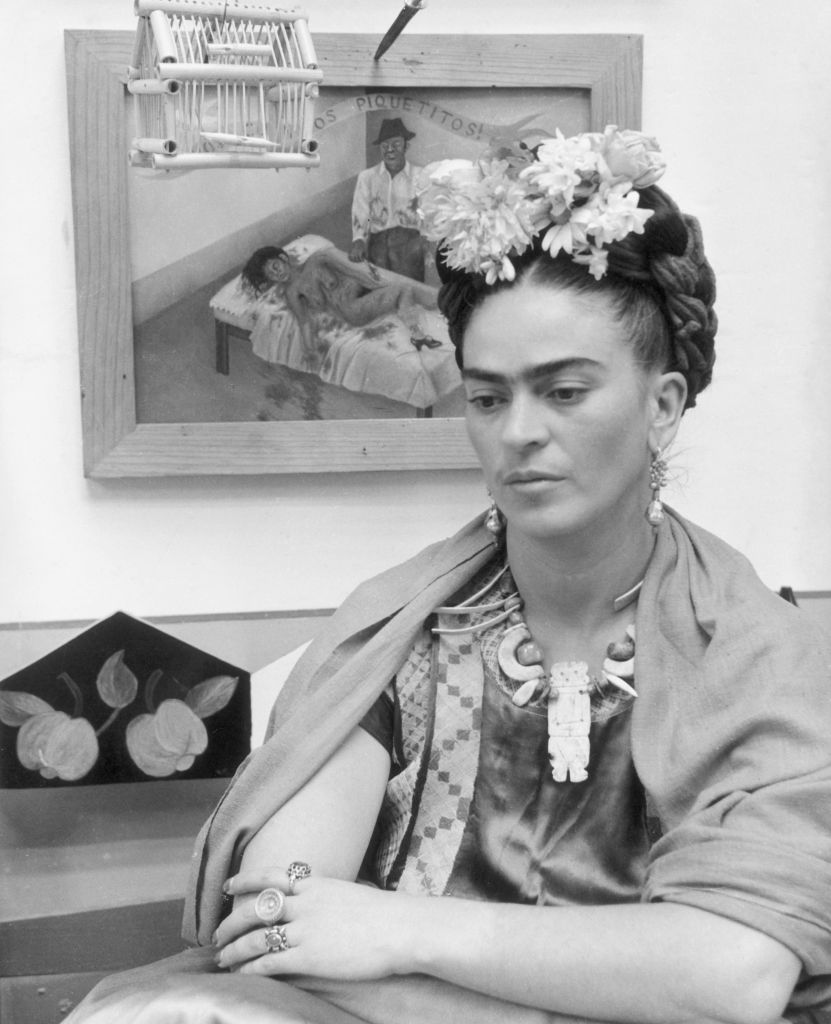There is a saying in the museum world: “There is always a job in development.” But for the first time, the industry is entertaining a future in which that once failsafe job of raising money for an art institution may not be so secure after all. While museums need more money than ever, the traditional philanthropic model is no longer one they can rely on. The rising generations are not interested in supporting these institutions the way their parents did—and the prospect of dwindling donations is keeping arts leaders up at night.
For more than a century, US museums have been sustained by donors with a very particular idea of what philanthropy looks like. “It used to be that one of the hallmarks of becoming a community leader was giving to bedrock institutions where you live—the local food bank, museum, orchestra,” says Catherine Crystal Foster, a vice-president at Rockefeller Philanthropy Advisors. Contributions from private donors typically account for the largest share of museums’ operating revenue (around 40%, on average, in 2016), according to the American Alliance of Museums.
But younger generations have a very different relationship to both philanthropy and the arts. According to a 2023 survey from CCS Fundraising, while arts and culture is second on a list of baby boomers’ giving priorities, it does not even make the top three for Gen X, millennials or Gen Z. “There is disinterest, lack of engagement and also simply a lack of awareness of the arts and the cultural landscape—both from new money, particularly the tech industry, and younger generations whose parents supported museums,” says Leslie Ramos, a philanthropy adviser and author of the book Philanthropy in the Arts: A Game of Give and Take.
The question of how to engage young donors is not a new one. The Museum of Modern Art in New York established its first junior patron council in 1949. The strategy was widely adopted in the early 2000s, as the issue became more pressing. Now, it is existential. In the next 20 years, according to the investment bank UBS, more than 1,000 baby-boomer billionaires are expected to pass $5.2 trillion to their children in what has become known as the Great Wealth Transfer. “It’s kind of like the climate crisis—it feels so big that nobody knows what to do about it until, all of a sudden, you are forced to act,” says Mary Ceruti, the director of the Walker Art Center in Minneapolis.
The reckoning is slow—it’s an erosion of energy, acquisitions and programming
Adrian Ellis, founder, AEA Consulting
To make matters more challenging, museums are far more expensive to operate than they used to be. Attendance has not returned to pre-Covid levels, but day-to-day costs—from shipping to food service—have increased precipitously. Ambitious expansions have left museums with considerably larger footprints than they once had, while government funding remains on the decline. Plus, social media offers a constant stream of information about disasters and crises around the world that feel considerably more urgent than the health of the local museum. In recent months, this perfect storm has precipitated ticket-price hikes and layoffs at institutions including the San Francisco Museum of Modern Art and the Solomon R. Guggenheim Museum. “The reckoning is slow—it’s an erosion of energy, acquisitions and programming,” says Adrian Ellis, the founder of AEA Consulting, which works with museums and other cultural institutions. “It’s a story of energy seeping out.”
Part of the problem is that what museums once thought would engage younger audiences—populist shows, grand lobbies, exclusive parties—does not resonate as much as they had hoped. Foster says: “We’re not seeing clients of ours coming in and saying, ‘Wow, I went with my spouse to one of those museum after-dark events, and now I see it’s such an extraordinary institution, I’d love to fund it.’”
Instead, next-gen donors want to tackle big global issues, from climate change to racial justice. And those who do recognise the arts’ ability to strengthen social cohesion, improve health outcomes and encourage critical thinking are likely to eschew legacy institutions in favour of smaller organisations where their money can make a bigger impact. Jeff Bezos’s ex-wife MacKenzie Scott, who has an estimated net worth of $27bn, has funded smaller, culturally specific museums such as New York’s El Museo del Barrio and the National Museum of Mexican Art in Chicago, as well as grassroots arts organisations such as the Laundromat Project in Brooklyn. Notably, no arts organisations appeared on her 2023 list of 360 grantees.
Change matters more than status
Many rising donors also want a different relationship with the institutions they support than their parents had. Rather than securing a seat on the board or getting their name on a gallery wall, they want to use their clout to push institutions to change—engage more deeply with community members, for example, or think more entrepreneurially. “Young high-net-worth individuals don’t want to use the word philanthropist,” says the philanthropy strategist Melissa Cowley Wolf. “They prefer investor, donor or partner.”
Cowley Wolf points to the example of Abby Pucker, a member of the prominent Pritzker family, which has a long record of cultural philanthropy in the US. With her company Gertie, which offers members a guide to Chicago’s cultural scene, Pucker is taking a different tack to encourage engagement in the arts. In addition to promoting local arts organisations, Gertie has teamed up with the non-profit Breakout to fund community leaders in fields ranging from sustainable agriculture to restorative justice.
So what exactly should museums do to engage next-gen donors? While there is no one solution, a few best practices have emerged. Forge relationships with community leaders, and ask what they need and how your organisation can help. Develop novel ways to measure impact beyond tickets sold or objects acquired. Create mission-driven endowment funds that specialise in supporting the work of low-income local artists, curators of colour or formerly incarcerated art workers. And redouble efforts to expand audiences by improving the visitor experience. The larger the audience, the larger the potential donor pool.
Ceruti says: “There is a shift in thinking about fundraising not as old-school socialite charitable giving but as more of a sales job. It sounds crass, but in reality a good fundraiser makes sure that someone else sees there is enough value in what you offer that it’s worth investing in.” In other words, development departments of the future may look different, but there will probably still be jobs there.
- This is the first in a two-part series on the future of museum fundraising. The second will examine how museums are developing new ways to generate income beyond philanthropy.



